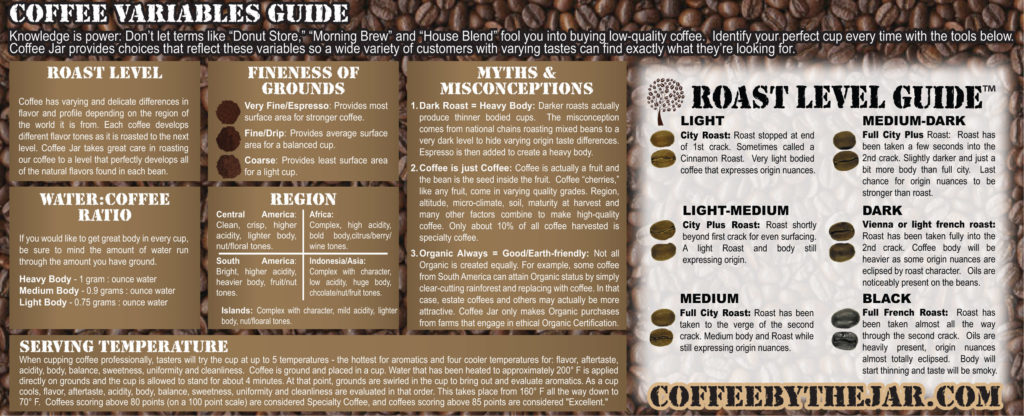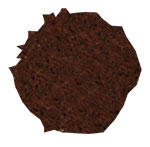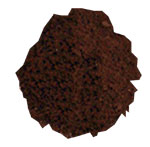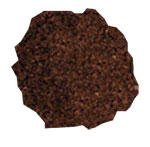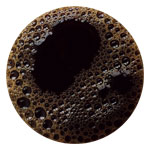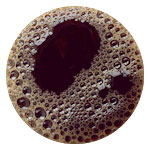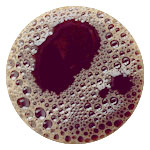Knowledge is power: Don't let terms like "Donut Store," "Morning Brew" and "House Blend" fool you into buying low-quality coffee. Identify your perfect cup every time with the tools below. Coffee Jar provides choices that reflect these variables so a wide variety of customers with varying tastes can find exactly what they're looking for.
ROAST LEVEL
Coffee has varying and delicate differences in flavor and profile depending on the region of the world it is from. Each coffee develops different flavor tones as it is roasted to the next level. Coffee Jar takes great care in roasting our coffee to a level that perfectly develops all of the natural flavors found in each bean. See our Roast Level Guide™ below for more information.

MEDIUM -
FULL CITY ROAST:
Roast has been taken to the verge of the second crack. For many, this is the sweet-spot between a heavy bodied dark roast and a City or City Plus roast. Medium body and Roast while still expressing origin nuances.

MEDIUM-DARK -
FULL CITY PLUS ROAST:
Roast has been taken a few seconds into the 2nd crack. Slightly darker and just a bit more body than Full City. Last chance for origin nuances to be stronger than roast.

DARK -
VIENNA OR LIGHT FRENCH ROAST:
Roast has been taken fully into the 2nd crack. Coffee body will be heavier as some origin nuances are eclipsed by roast character. Oils are noticeably present on the beans.

BLACK -
FULL FRENCH ROAST:
Roast has been taken almost all the way through the second crack. Oils are heavily present, origin nuances almost totally eclipsed. Body will start thinning and taste will be smoky.
REGION
Coffee, much like wine, has different flavor notes and complexities. Coffee beans grown in different regions of the world and in different climates and soils have specific roast levels that maximize the flavors of the coffee and really make them sing. This makes coffee grown in Brazil, for example, have a unique flavor and aroma compared to a coffee grown in Kenya.
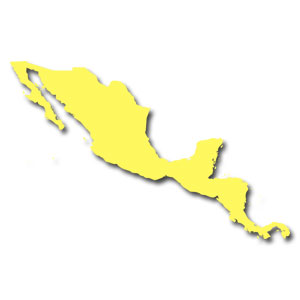
Central America: Clean, crisp, higher acidity, lighter body, nut/floral tones.
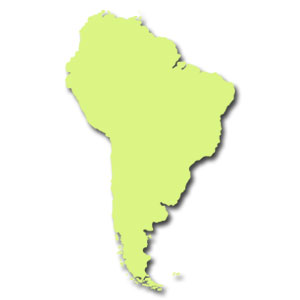
South America: Bright, higher acidity, heavier body, fruit/nut tones.
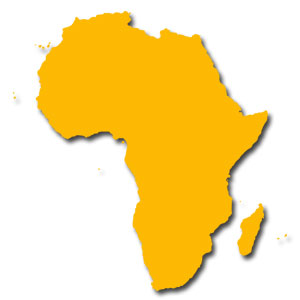
Africa: Complex, high acidity, bold body, citrus/berry/wine tones.
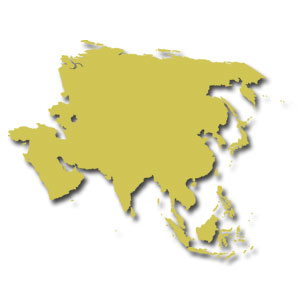
Indonesia/Asia: Complex with character, low acidity, huge body, chocolate/nut/fruit tones.

Islands: Complex with character, mild acidity, lighter body, nut/floral tones.
SERVING TEMPERATURE & CUP SCORING
The serving temperature of a cup of coffee has a dramatic effect on the ability to taste flavors and nuances. When served very hot, temperature will prevent your tongue from garnering the full taste and cold coffee will accent the base over nuances and tones. When cupping coffee professionally, tasters will try the cup at up to 5 temperatures - the hottest for aromatics and four cooler temperatures for: flavor, aftertaste, acidity, body, balance, sweetness, uniformity and cleanliness.
When professionally cupped, coffee is ground and placed in a cup. Water that has been heated to approximately 200° F is applied directly on grounds and the cup is allowed to stand for about 4 minutes. At that point, grounds are swirled in the cup to bring out and evaluate aromatics. As a cup cools, flavor, aftertaste, acidity, body, balance, sweetness, uniformity and cleanliness are evaluated in that order. This takes place from 160° F all the way down to 70° F.
Coffees scoring above 80 points (on a 100 point scale) are considered Specialty Coffee, and coffees scoring above 85 points are considered "Excellent."
Because Coffee Jar always searches out and secures coffees that score 85 or higher in our scoring evaluations, you can be assured that your cup of coffee will be truly enjoyable each and every time.
MYTHS & MISCONCEPTIONS
1. Dark Roast = Heavy Body
Darker roasts actually produce thinner bodied cups. The misconception comes from national chains roasting mixed beans to a very dark level to hide varying origin taste differences. Many then add espresso, flavorings, creams, cocoa, etc. to provide body.
2. Coffee is just Coffee
Coffee is actually a fruit and the bean is the seed inside the fruit. Coffee "cherries," like any fruit, come in varying quality grades. Region, altitude, micro-climate, soil, maturity at harvest and many other factors combine to make high-quality coffee. Only about 10% of all coffee harvested is specialty coffee.
3. Organic Always = Good/Earth-friendly
Not all Organic is created equally. For example, some coffee from South America can attain Organic status by simply clear-cutting rainforest and replacing with coffee. In that case, estate coffees and others may actually be more attractive. Coffee Jar only makes Organic purchases from farms that engage in ethical Organic Certification.

